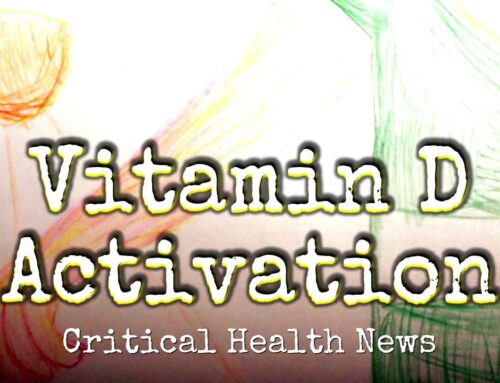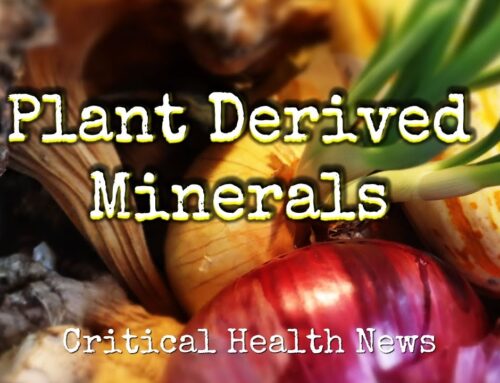Despite its name, vitamin D is not actually a vitamin. It’s a hormone. This means its effects transcend ordinary vitamins. They’re more wide-ranging, affecting every system and cell in the body.
D is more powerful than other vitamins too, acting to turn on cell chemistry in genes, rather than simply facilitating chemical reactions. It networks with other hormones in the body, interacting in a way that supports or interferes with multiple biochemical pathways, particularly those involving calcium, bone and the parathyroid gland.
Also, vitamin D must be activated in two steps, one in the liver and another in the kidney. Just getting the vitamin into the body is not enough. Vitamin D comes in various forms, five in total. Although the most common ones are vitamin D3 and, its weaker cousin, vitamin D2. Both are found naturally in foods, although only in small amounts. The former are mostly in fish, organ meats, egg yolks and dairy. The latter in mushrooms and many processed foods are fortified with vitamin D2.
Still, the best way to get vitamin D (D3 specifically) is from the sun, which converts a type of cholesterol in the skin into a precursor. Which then is activated in a gradual fashion forming a solar driven sustained release vitamin D delivery system.
Interestingly, while sun protectants inhibit its synthesis, vitamin D itself acts to protect the skin from UV radiation, as the molecules being produced in skin tissue it’s actually exerting a solar protective effect that can inhibit sun damage and reduce the risks of cancer.










